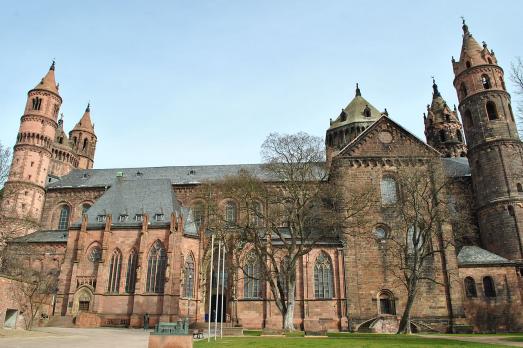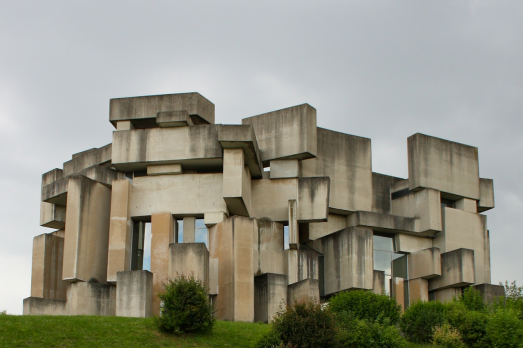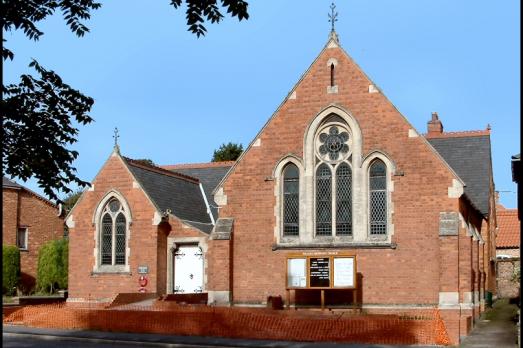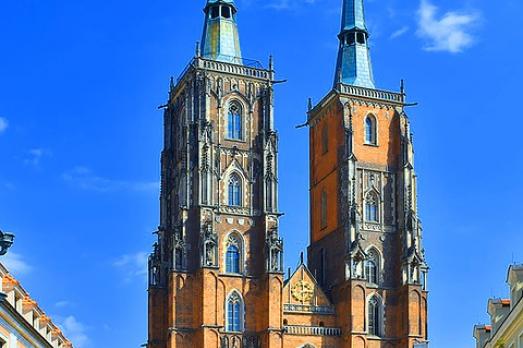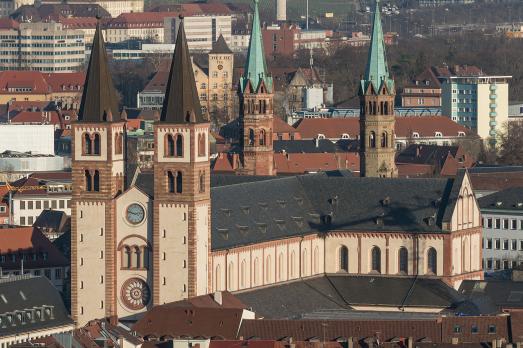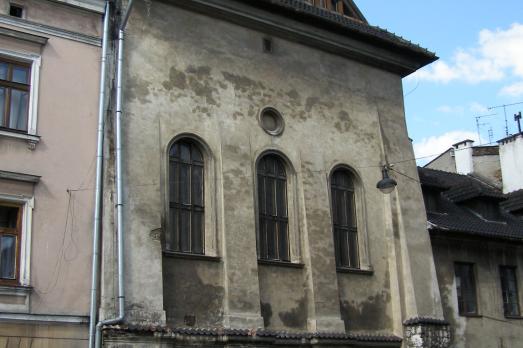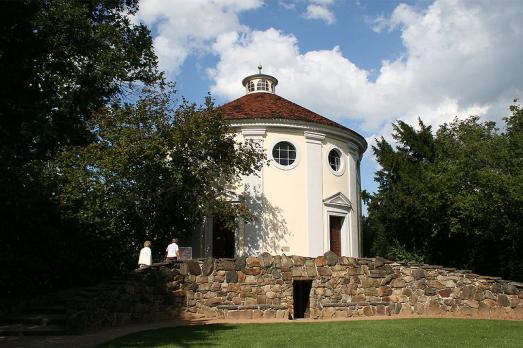
Wörlitz Synagogue
Wörlitz, DE
The Worlitz Synagogue was built in 1790 by the order of Duke Leopold III of Anhalt-Dessau. It can be found within the Dessau-Worlitz Garden Realm UNESCO World Heritage site. The Worlitz synagogue was modelled after a synagogue designed by Erdmannsdorf in Rome.
